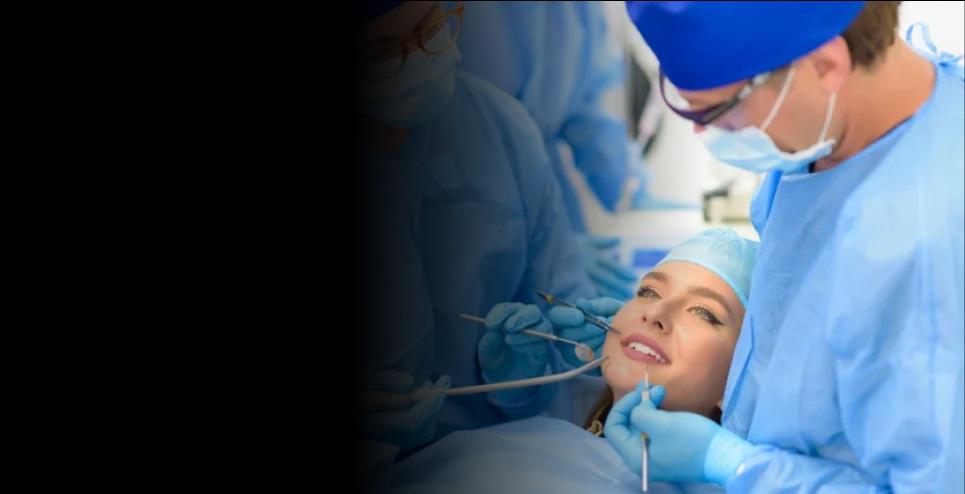Microvascular Free Flap Surgery
at Sterling Hospitals - Rajkot

at Sterling Hospitals - Rajkot

How can we help you?
Microvascular Free Flap Surgery
Microvascular Free Flap Surgery is a complex reconstructive surgical technique used to repair and rebuild areas of the body after trauma, tumor removal, or other significant tissue loss. It involves transferring tissue—such as skin, fat, muscle, or bone—from one part of the body (the donor site) to another (the recipient site). The transferred tissue, or "flap," is connected to blood vessels at the recipient site using microsurgery techniques to ensure proper blood flow and tissue viability.
When and why do people go for Microvascular Free Flap Surgery?
People typically undergo Microvascular Free Flap Surgery for several reasons:
- Reconstructive Needs Post-Cancer: It is often used after the removal of tumors, particularly in areas like the head, neck, breast, or limbs, where large amounts of tissue may need to be replaced.
- Trauma Repair: Individuals who have suffered significant injury or trauma may require this surgery to reconstruct damaged areas.
- Complex Wound Closure: It is used when conventional wound closure methods are inadequate due to the size or complexity of the wound.
- Function Restoration: To restore function in areas where critical tissue structures have been lost, such as in the case of jaw or limb reconstruction.
- Aesthetic Improvement: To improve the appearance and structure of a damaged area, aiding in physical and psychological recovery.
What makes Microvascular Free Flap Surgery different from other treatment options?
Microvascular Free Flap Surgery is distinguished from other treatment options by several key aspects:
- Tissue Viability: Unlike skin grafts or local flaps, free flaps are completely detached from their original blood supply and reattached to the recipient site, allowing for the transfer of large amounts of tissue.
- Precision: The use of microsurgery allows for precise reconnection of small blood vessels, ensuring the survival of the transplanted tissue.
- Versatility: It can transfer various tissue types (skin, muscle, bone) depending on the specific needs of the patient, offering a tailored approach to complex reconstruction.
- Durability and Functionality: Free flaps provide durable, well-vascularized tissue that can support long-term functionality and structural integrity in the reconstructed area.
- Comprehensive Reconstruction: It enables comprehensive reconstruction in a single surgical procedure, reducing the need for multiple surgeries.
How does life change after Microvascular Free Flap Surgery?
Life after Microvascular Free Flap Surgery can involve significant improvements, but it also requires a recovery period and adjustment:
- Restoration of Function: Many patients experience a significant improvement in the function of the affected area, whether it's chewing, speaking, or moving a limb.
- Enhanced Appearance: Reconstructed areas often appear more natural and symmetrical, which can boost self-esteem and confidence.
- Recovery Time: Recovery can take weeks to months, depending on the extent of the surgery and the patient’s overall health. Physical therapy may be required for optimal functional recovery.
- Monitoring and Care: Patients need to monitor the healing process carefully, as the success of the surgery depends on the proper revascularization of the flap. Regular follow-ups with the healthcare team are essential.
- Quality of Life: Overall, the surgery can significantly improve the quality of life, allowing patients to return to normal activities, work, and social interactions.
Patients considering Microvascular Free Flap Surgery should consult with a specialized surgeon to discuss the potential benefits, risks, and what to expect during the recovery process.